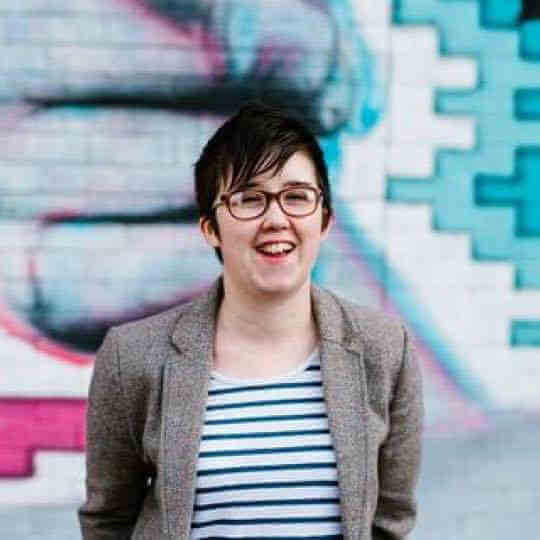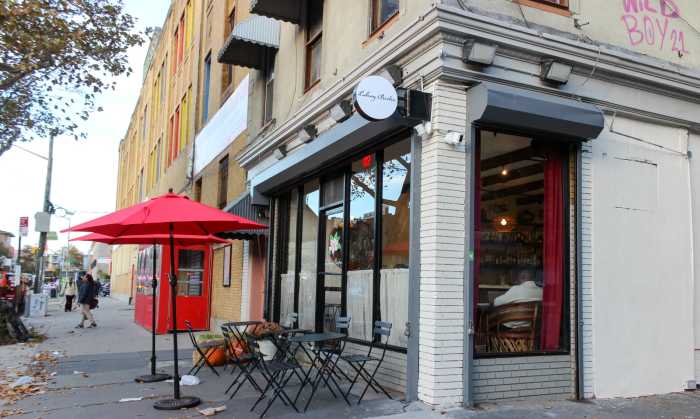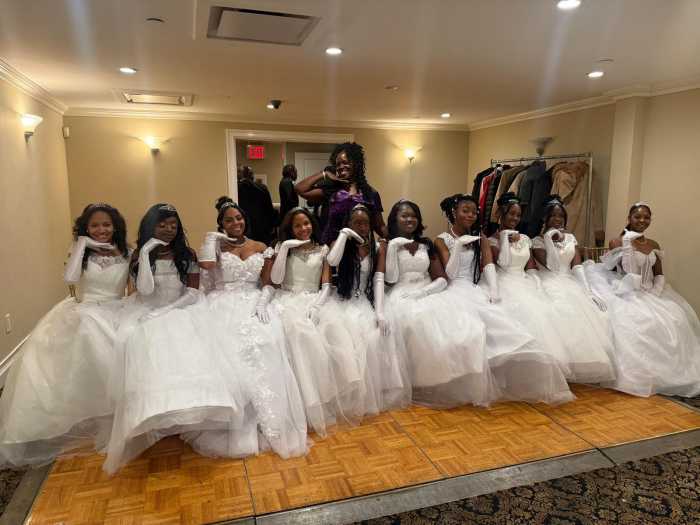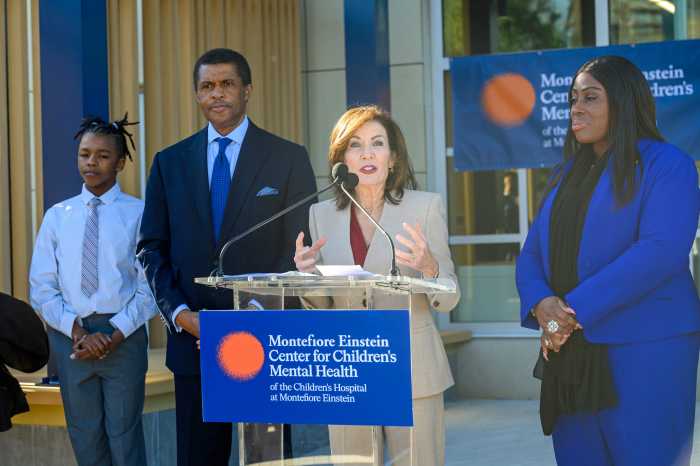Queen Elizabeth II on July 17 gave formal Royal Assent to the Marriage (Same-Sex Couples) Act 2013, which passed its third reading in the British House of Lords two days earlier.
After giving the measure its approval, the Lords had referred it back to the House of Commons, where, surprisingly, there was no interest in doing anything other than picking up the amendments the House of Lords adopted. As a result, the usual ping-pong game where legislation goes back and forth between the two houses until a mutually acceptable version emerges did not occur. The House of Commons promptly gave its final approval on July 16 and sent it on to the queen.
First same-sex weddings in England, Wales expected next summer
The process from third reading to Royal Assent, in fact, happened so quickly that the Parliament’s website does not yet have a final, consolidated version of the bill available, merely the last version approved by the Commons and the Amendments document approved by the House of Lords and agreed to by the Commons.
The act affects England and Wales. Though Scotland is part of Great Britain, it enjoys a large degree of legislative autonomy granted in recent decades. A marriage equality bill introduced in the Parliament there is expected to be approved later this year, but the issue is more controversial in Edinburgh than in London so debate is likely to be more spirited, particularly on matters related to religious institutions. Separate legislation for Northern Ireland has yet to be considered.
The British government must now take the necessary steps to implement the legislation in England and Wales, and news reports from the UK indicate the first weddings would take place in the summer of 2014. The act itself does not spell out a timetable for complete implementation.
The final legislation is complex, due to the way it interacts with other statutes as well as to detailed provisions concerning religious organizations and the measure’s effect on existing civil partnerships of same-sex couples. The government is now charged with evaluating the Civil Partnership Act 2004, which had provided a legal status equivalent to marriage for same-sex couples. Some members of Parliament argued that same-sex couples should continue to have a choice to be in civil partnerships rather than marriages and that civil partnership should be made available to different-sex couples.
Statistics from the British government indicate that the combined populations of England and Wales amount to nearly 57 million, so Queen Elizabeth’s action this week significantly increases the number of same-sex couples living in marriage equality jurisdictions worldwide.



































